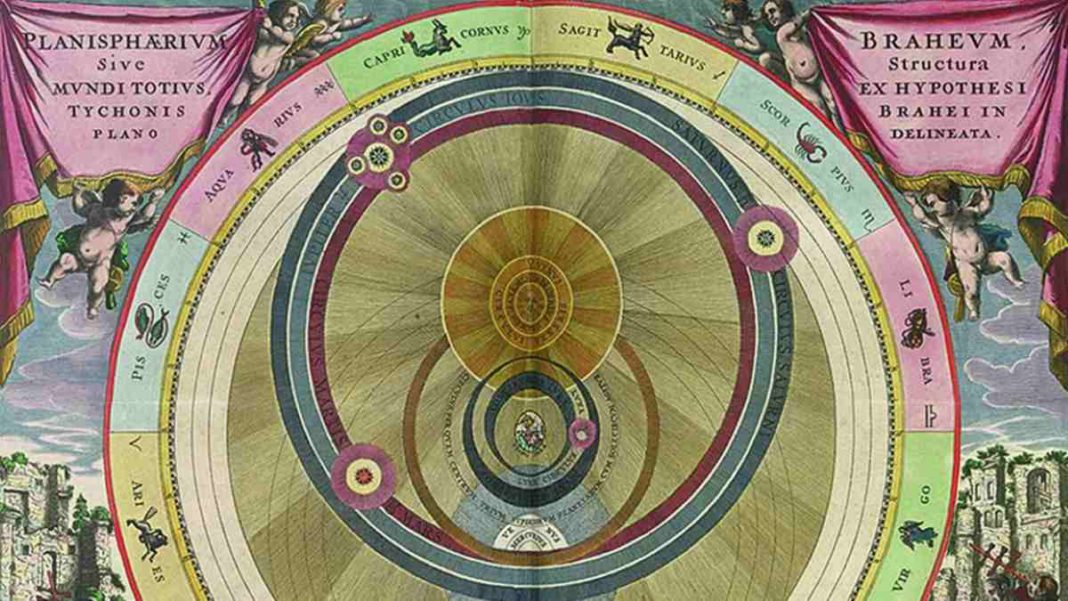INDIA: The Tychonian Model, proposed by Danish astronomer Tycho Brahe in the late 16th century, presents a paradox that continues to captivate scientists and astronomers alike.
This unique model, which seeks to explain the motion of celestial bodies, offers a thought-provoking challenge to the widely accepted heliocentric model of the solar system. Let’s delve into the intriguing Tychonian Model paradox and explore its implications.
The Tychonian Model, named after Tycho Brahe, suggests that the Earth is stationary at the centre of the universe, while the Sun and the Moon revolve around it.
In this geocentric model, the other planets, including Mars, Jupiter, and Saturn, are proposed to orbit the Sun.
This configuration aimed to reconcile the observed movements of the celestial bodies with the prevailing belief in a stationary Earth.
However, the paradox lies in the fact that the Tychonian Model accommodates the observed retrograde motion of planets. In this phenomenon, a planet appears to reverse its normal eastward movement and temporarily move westward in the night sky.
Retrograde motion occurs due to the varying orbital speeds and distances of Earth and the other planets. In the heliocentric model, retrograde motion is explained as a consequence of the Earth overtaking and passing the slower-moving outer planets.
On the other hand, the Tychonian Model raises the question: How can retrograde motion be accounted for if the Earth is stationary at the centre of the universe?
This paradox challenges the fundamental principles of planetary motion and poses a dilemma for proponents of the geocentric model.
Tycho Brahe proposed an intricate system of rotating spheres within spheres, where each planet is assigned a complex combination of motions, to address this paradox.
Scientists believed these secondary spheres carried the planets in intricate paths, including epicycles, to account for retrograde motion. While this approach offered a partial explanation, it added complexity to a complex model.
The Tychonian Model paradox presents a significant challenge to our understanding of the universe and raises questions about the nature of planetary motion.
It underscores the need for scientific exploration and the continuous refinement of our models to align with observed phenomena.
It is important to note that Johannes Kepler’s laws of planetary motion, which provided a more elegant and accurate description of celestial mechanics, eventually superseded the Tychonian Model.
Kepler’s laws, derived from extensive observations by Brahe, established that planets move in elliptical orbits around the Sun, with the Sun located at one of the focal points of the ellipse.
This heliocentric model, combined with Isaac Newton’s laws of motion and universal gravitation, forms the foundation of our current understanding of planetary motion.
Also Read: Understanding Kepler’s Equation: Unlocking the Mysteries of Planetary Motion



